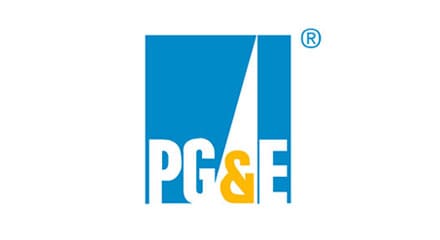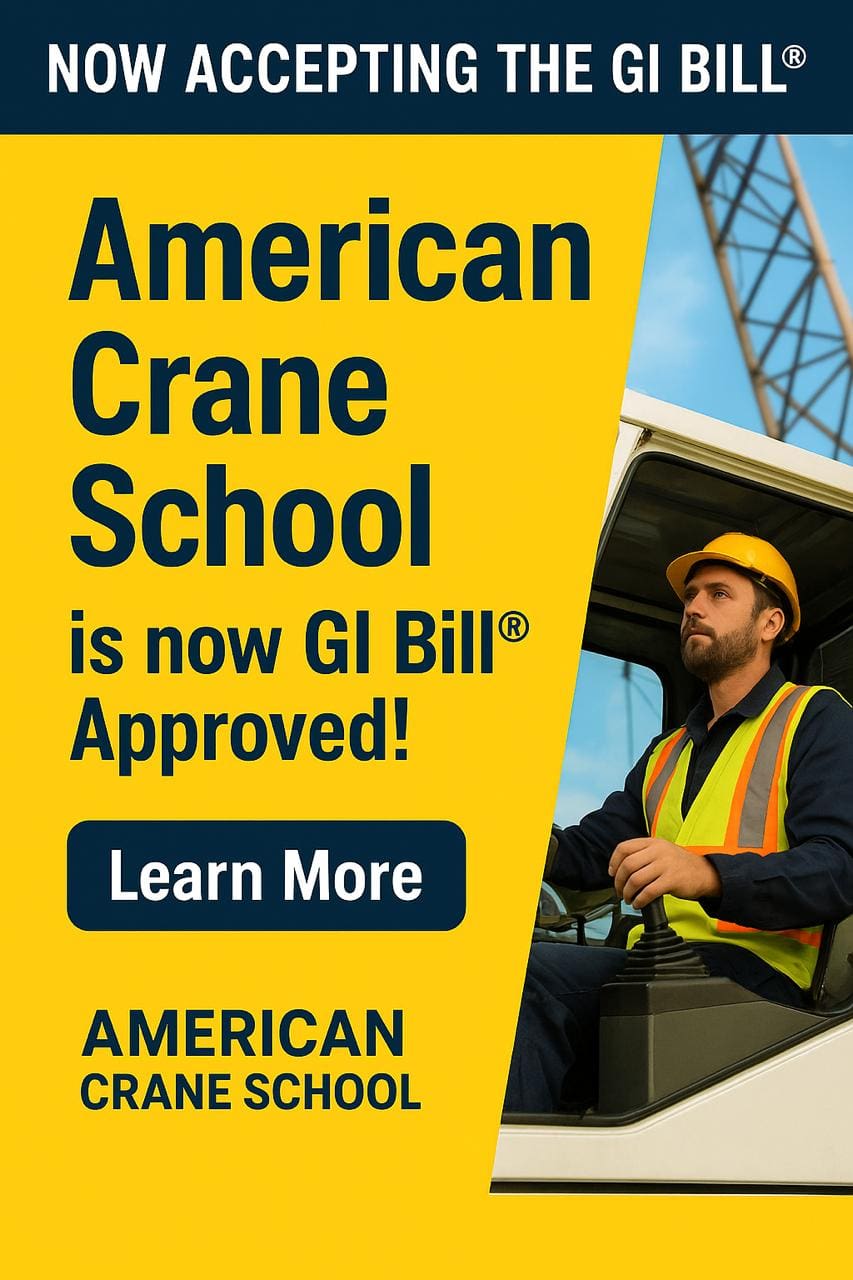Written Exam
The NCCCO written exam has 3 sections:
Section 1 – Crane Operator Certification Core Test
90 Minutes
90 Questions
Section 2 – Telescopic Boom Cranes – Swing Cab (TLL) Speciality Exam
60 Minutes
26 Questions
Section 3 – Telescopic Boom Cranes – Fixed Cab (TSS) Speciality Exam
60 Minutes
26 Questions
Reference: NCCCO – Candidate Handbook (p. 3), 2021
The test can be broken up into 4 general topic categories:
- General Technical Information (approximately 28%)
- Site Information (approximately 20%)
- Operations (approximately 26% of the test)
- Use of Load Charts (approximately 26% of the test)
FORCE START CLOSE
Ignore
General Technical Information
1. The functions and limitations of the crane andattachments
2. Wire rope:
- Background information necessary to under – stand the inspection and removal from service criteria in $ 1926.1413 and $ 1926.1414
- Capacity and when multi-part rope is needed
- Relationship between line pull and safe working load
- How to determine the manufacturer’s recommended rope for the crane
3. Rigging devices and their use, such as:
- Slings
- Spreaders
- Lifting beams
- Wire rope fittings, such as clips, shackles, and wedge sockets
- Saddles (softeners)
- Clamps (beams)
4. The technical limitations of protective measures against electrical hazards:
- Grounding
- Proximity warning devices
- Insulated links
- Boom cages
- Proximity to electric power lines, radii, and microwave structures
5. The effects of load share and load transfer in multi-crane lifts
6. Basic crane terms
7. The basics of machine power flow systems:
- Mechanical
- Electrical
- Pneumatic
- Hydraulic
- Combination
8. The significance of the instruments and gauge readings
9. The effects of thermal expansion and contraction in hydraulic cylinders
10. Background information necessary to understand the requirements of preoperation and inspection
11. How to use the safety devices and operational aids required under § 1926.1415 and § 1926.1416
12. The difference between duty-cycle and lifting operations
13. How to calculate net capacity for every possible configuration of the equipment using the manufacturer’s load chart
14. How to use manufacturer-approved attachments and their effect on the equipment
15. How to obtain dimensions, weight, and center of gravity of the load
16. The effects of dynamic loading from:
- Wind
- Stopping and starting
- Impact loading
- Moving with the load
17. The effect of side loading
18. The principles of backward stability
Site Information
1. How to identify the suitability of the supporting ground/surface to support the expected loads of the operation. Elements include:
- Weaknesses below the surface (such as voids, tanks, loose fill)
- Weaknesses on the surface (such as retaining walls, slopes, excavations, depressions)
2. Proper use of mats, blocking/cribbing, outriggers, stabilizers, or crawlers
3. Identification of site hazards such as power lines, piping, and traffic
4. How to review operation plans with supervisors and other workers (such as the signal person)
5. How to determine if there is adequate room for extension of crawlers or outriggers/stabilizers and counterweights
Operations
1. How to pick, carry, swing and place the load smoothly and safely on rubber tires and on outriggers/stabilizers or crawlers (where applicable)
2. How to communicate at the site with supervisors, the crew, and the signal person
3. Proper procedures and methods of reeving wire ropes and methods of reeving multiple-part lines and selecting the proper load block and/or ball
4. How to react to changes in conditions that affect the safe operation of the equipment
5. How to shut down and secure the equipment properly when leaving it unattended
6. Know how to apply the manufacturer’s specifications for operating in various weather conditions, and understand how environmental conditions affect the safe operation of the equipment
7. How to properly level the equipment
8. How to verify the weight of the load and rigging prior to initiating the lift
9. How to determine where the load is to be picked up and placed and how to verify the radii
10. Know basic rigging procedures
11. How to carry out the shift inspection required in this subpart
12. Know that the following operations require specific procedures and skill levels:
- Multi-crane lifts
- Clamshell/dragline operations
- Pile driving and extracting
- Concrete operations, including poured-in- place and tilt-up
- Demolition operations
- Operations on water
- Magnet operations
- Multi-drum operations
13. Know the proper procedures for operating safely under the following conditions:
- Traveling with suspended loads
- Approaching a two-block condition
- Operating near power lines
- Hoisting personnel
- Using other than full outrigger/crawler or stabilizer extensions
- Lifting loads from beneath the surface of the water
- Using various approved counterweight configurations
- Handling loads out of the operator’s vision
- Using electronic communication systems for signal communication
- Clamps (beams)
14. Know the proper procedures for load control and the use of hand-held tag lines
15. Know the emergency response procedure for:
- Fires
- Power line contact
- Loss of stability
- Control malfunction
- Two-blocking
- Overload
- Carrier or travel malfunction
16. Know how to properly use outriggers and stabilizers in accordance with manufacturer specifications
Use of Load Charts
1. Know the terminology necessary to use load charts
2. Know how to ensure that the load chart is the appropriate chart for the equipment in its particular configuration and application
3. Know how to use load charts. This includes knowing:
- The operational limitations of load charts and footnotes
- How to relate the chart to the configuration of the crane, crawlers, or outriggers/stabilizers extended or retracted, jib erected or offset, and various counterweight configurations
- The difference between structural capacity and capacity limited by stability
- What is included in capacity ratings
- The range diagram and its relationship to the load chart
- The work area chart and its relationship to the load chart
- Where to find and how to use the “parts-of-line” information
4. Know how to use the load chart together with the load indicators and/or load moment devices
Practical Exam
1. Place Overhead Ball in Stop Circle
Optimum time 1 minute 30 seconds
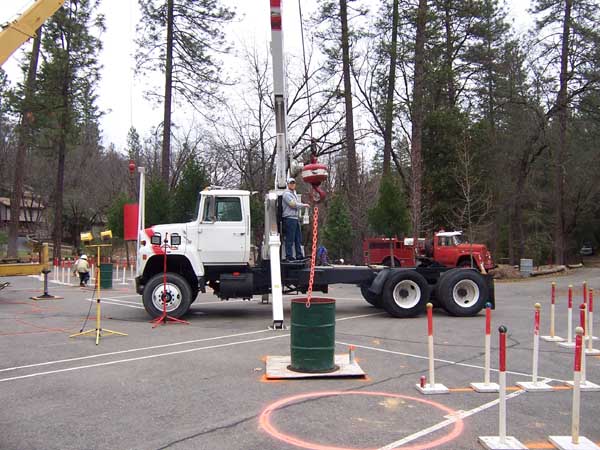
2. Follow Hand Signals
Not timed
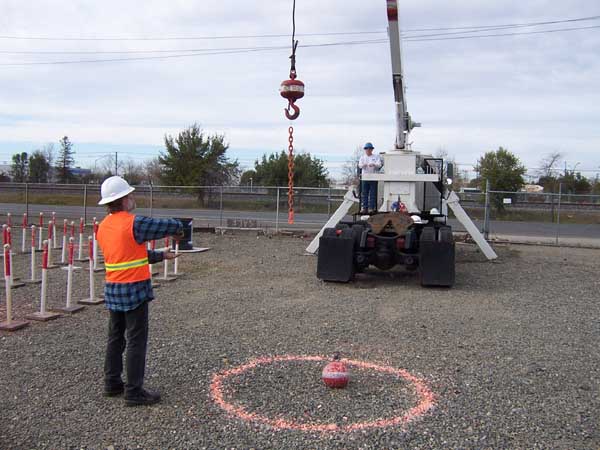
3. Place Overhead Ball in Two Barrels
(optimum time 3 minutes 30 seconds)
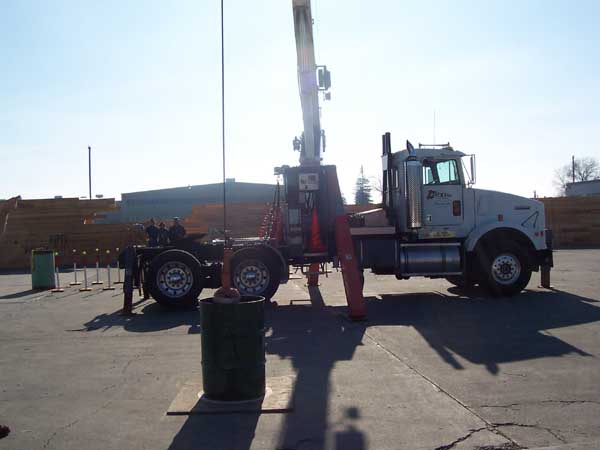
4a. Maneuver through ZigZag Corridor with Test Weight Forward
4b. Maneuver through ZigZag Corridor with Test Weight Reverse
(Optimum time 3 minutes each way for swing cab and 4 minutes each way for fixed cab)
High Demand & Job Security in a Growing Industry
The average employment growth rate for crane operators is 10% which is double the national average for all occupations. A variety of industries require crane operators such as: electrical, oil and drilling, construction, and more.
American Crane School has an extensive network of employers looking for a certified crane operator like you.

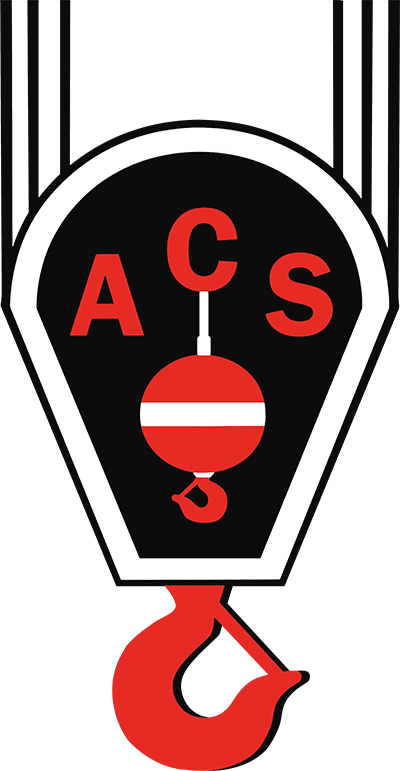
 We guarantee that you will pass your NCCCO Written Exams or our class is FREE until you do.
We guarantee that you will pass your NCCCO Written Exams or our class is FREE until you do. Industry Pioneer 20+ Years
Industry Pioneer 20+ Years Dedicated Team of Professionals
Dedicated Team of Professionals Classes Monthly & Year-Round
Classes Monthly & Year-Round





